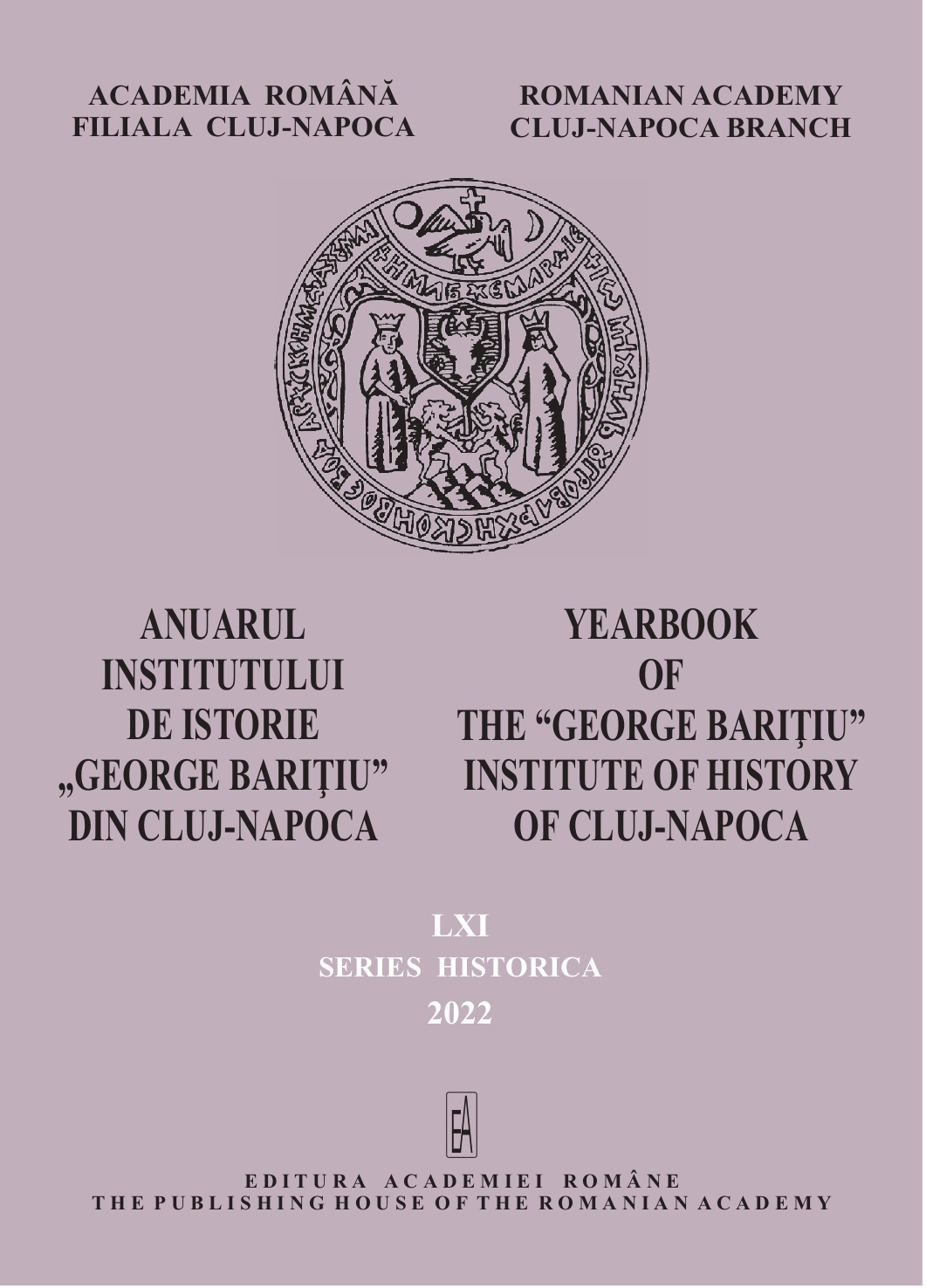Școală educație, modernizare în Transilvania. Studiu de caz: Școala greco-catolică de meserii și negustorie din Blaj (1898-1923)
School, Education, Modernization in Transylvania. Case study: the Greek Catholic School of Crafts and Commerce in Blaj (1898-1923)
Author(s): Mirela Popa AndreiSubject(s): Local History / Microhistory, Social history, School education, History of Education, 19th Century
Published by: Editura Academiei Române
Keywords: economic schools; real schools; Industrial school Blaj; Transylvania; 19th Century;
Summary/Abstract: The economic schools emerged out of practical necessity with the advance of the capitalist economy and the technological changes that determined and accompanied this process. In the Austrian Empire there were only a few real schools (Realschule) until the middle of the 19th Century. The interest in this particular category of schools grew especially after the revolution of 1848, as a result of economic development and the progress of trade, industry, and the means of communication. In the eastern parts of the monarchy, and therefore in Transylvania and especially at the level of the Romanian nation, the evolution of real education was slower than in the western parts of the Austrian-Hungarian Empire. The Romanian students mostly attended German and Hungarian real schools, because in the absence of adequate financial resources, the Romanian real schools were sparse. In 1898 in Blaj, Transylvania, it was established one of the three real schools having the Romanian as language of proposal, namely the Greek Catholic School of Trades and Commerce. Our study aims at a brief presentation of the context of the establishment of a real education in Transylvania. The paper also proposes a case study on the Greek Catholic industrial school in Blaj, from its establishment moments to the means of support, followed by an analysis of the profile of its students, from the point of view of their national, denominational, and geographical origins.
Journal: Anuarul Institutului de Istorie »George Bariţiu« - Series HISTORICA
- Issue Year: LXI/2022
- Issue No: 61
- Page Range: 259-275
- Page Count: 17
- Language: Romanian

